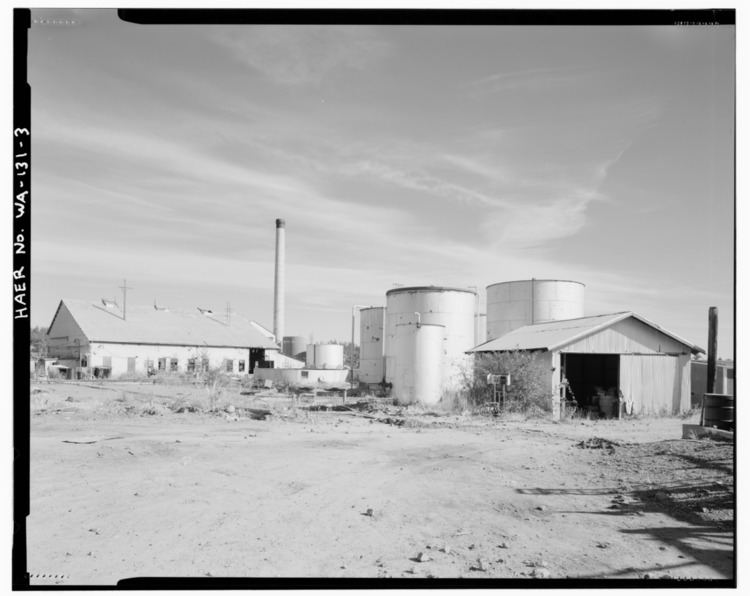 | ||
Pacific Creosoting Company was a company founded on Bainbridge Island that treated logs with creosote as a preservative.
Contents
History
It began operations as The Perfection Pile Preserving Company in 1904. It moved in 1905 to Eagle Harbor at Winslow in the city of Bainbridge Island.
The company was taken over and renamed by Horace Chapin Henry in 1906 around when he introduced the new Bethell Process. The company's Vice President and General Manager was a victim of the 1912 RMS Titanic sinking.
After Henry died in 1928, his company and its competitor, J.M. Colman's creosote company (located in West Seattle), were combined in 1930 to form the West Coast Wood Preserving Company. In 1947, Walter Wyckoff bought out the Colman family's interest and, after joining with J.H. Baxter in 1959, renamed the company the Baxter-Wyckoff Company. In 1964, Wyckoff bought out Baxter and renamed the company the Wyckoff Company.
The Eagle Harbor site was one of the largest producers of treated wood products in the US. Treated wood from the site was used to build wharfs in San Francisco, flood control channels in Los Angeles, and the Panama Canal.
The facilities remaining buildings, located along the southside of Eagle Harbor on Bainbridge Island, were documented in a 1996 Historic American Engineering Record (HAER) project. The historic documentation was done before their removal by the EPA for pollution remediation.
Superfund site
The Environmental Protection Agency started investigating environmental issues at the Eagle Harbor site in 1971. Studies showed a high concentration of PAH pollution in the harbor and related it to liver lesions in fish. The Eagle Harbor site (called the "Wyckoff" site by the EPA) was put on the Superfund list in 1987 for PAH, heavy metals and PCB pollution. The West Seattle site (called the "Pacific Sound Resources" site by the EPA) was put on the Superfund list in 1994. The company renamed itself as Pacific Sound Resources and, due to expenses associated with clean-up, the company went bankrupt in 1993.
Between 1994 and 2002, the US Army Corps of Engineers created a one to three foot cap of clean sediments over the bottom of the Eagle Harbor to contain polluted sediments. As of December 2013, the choice of remedial action at the site of the plant on Eagle Harbor has yet to be determined. The West Seattle site was capped and use of the site restricted.
